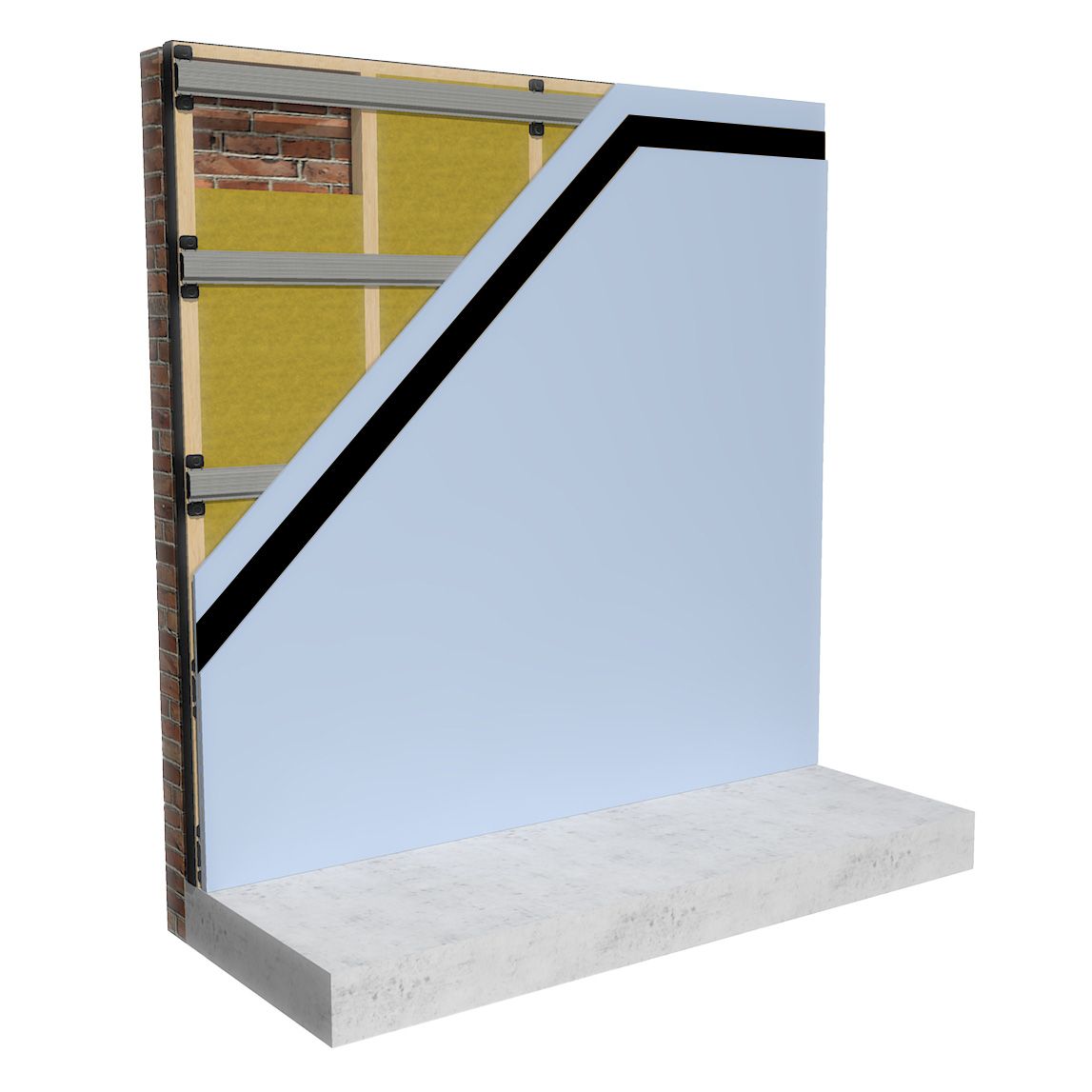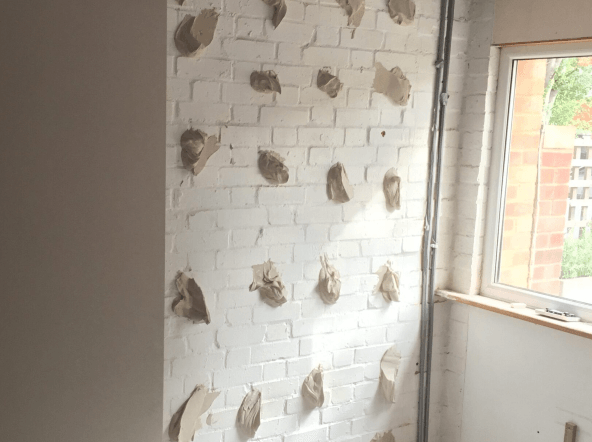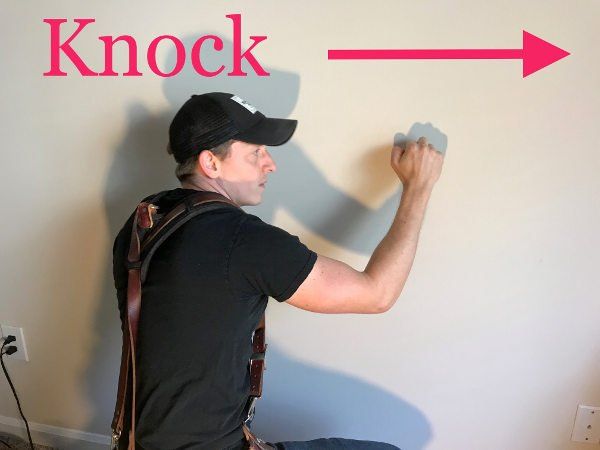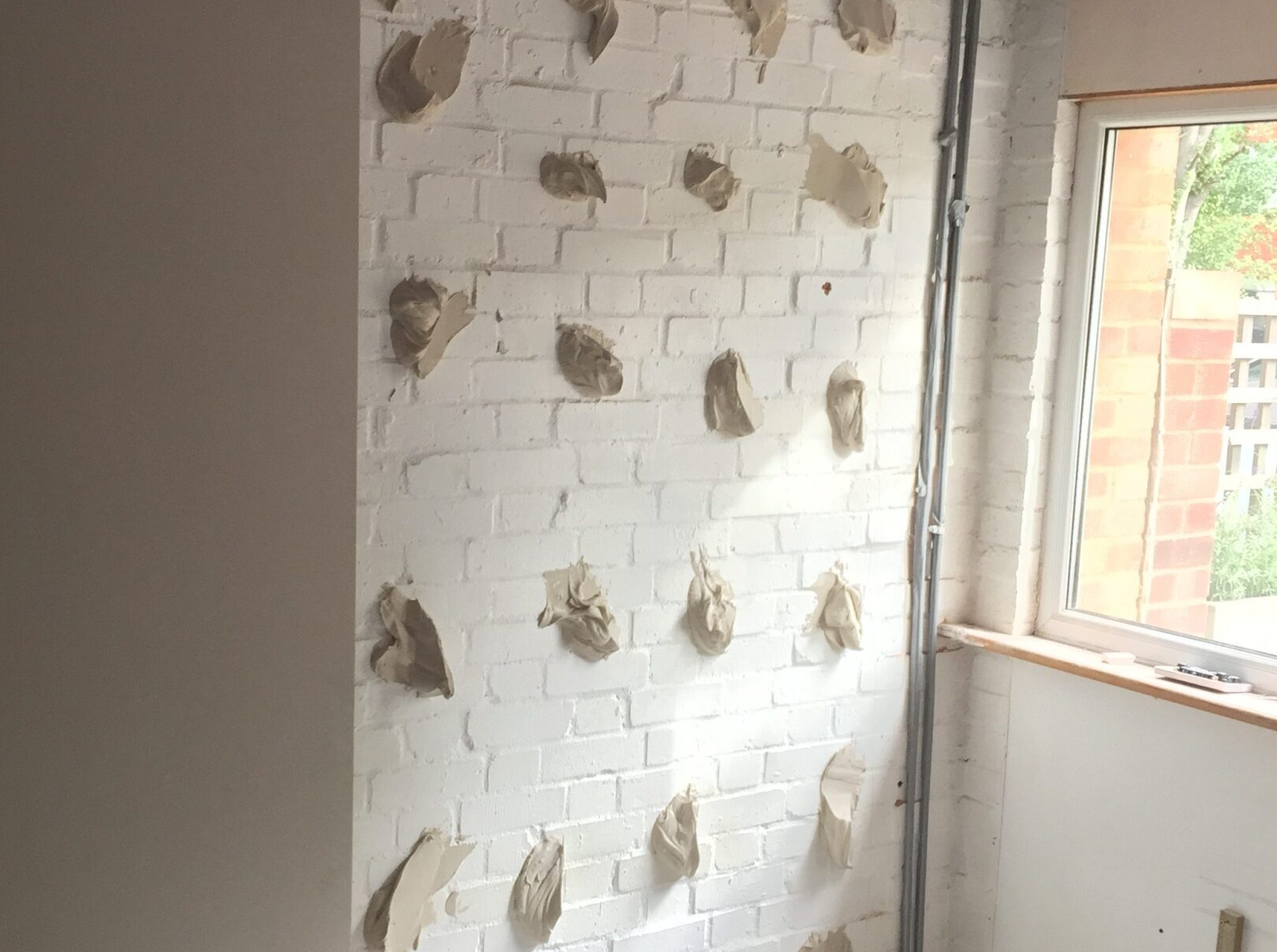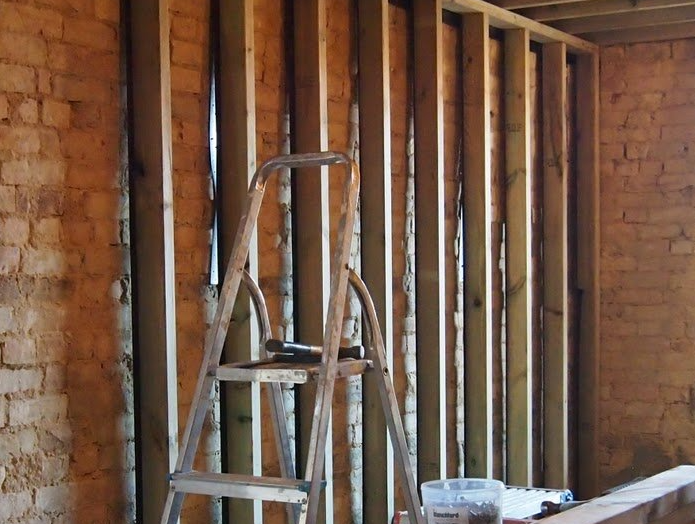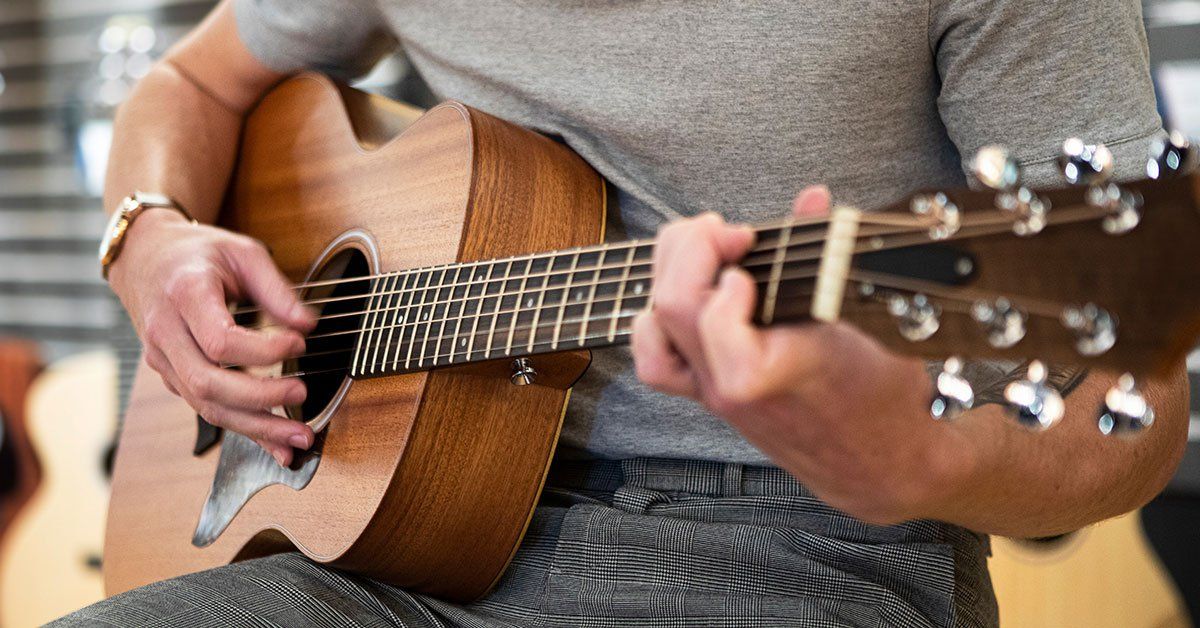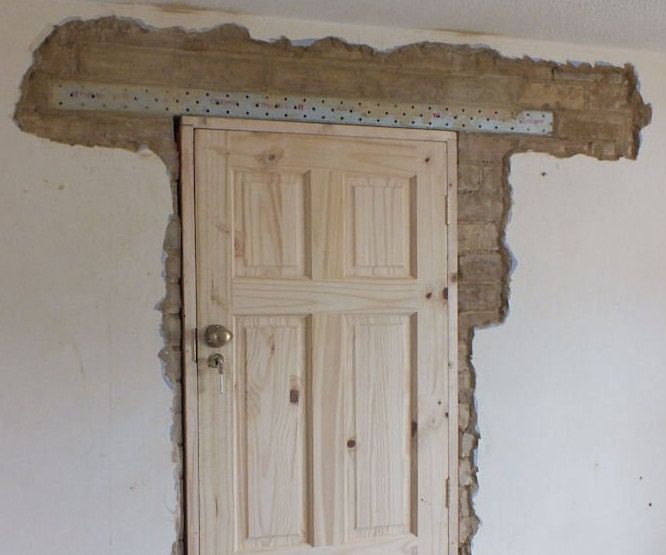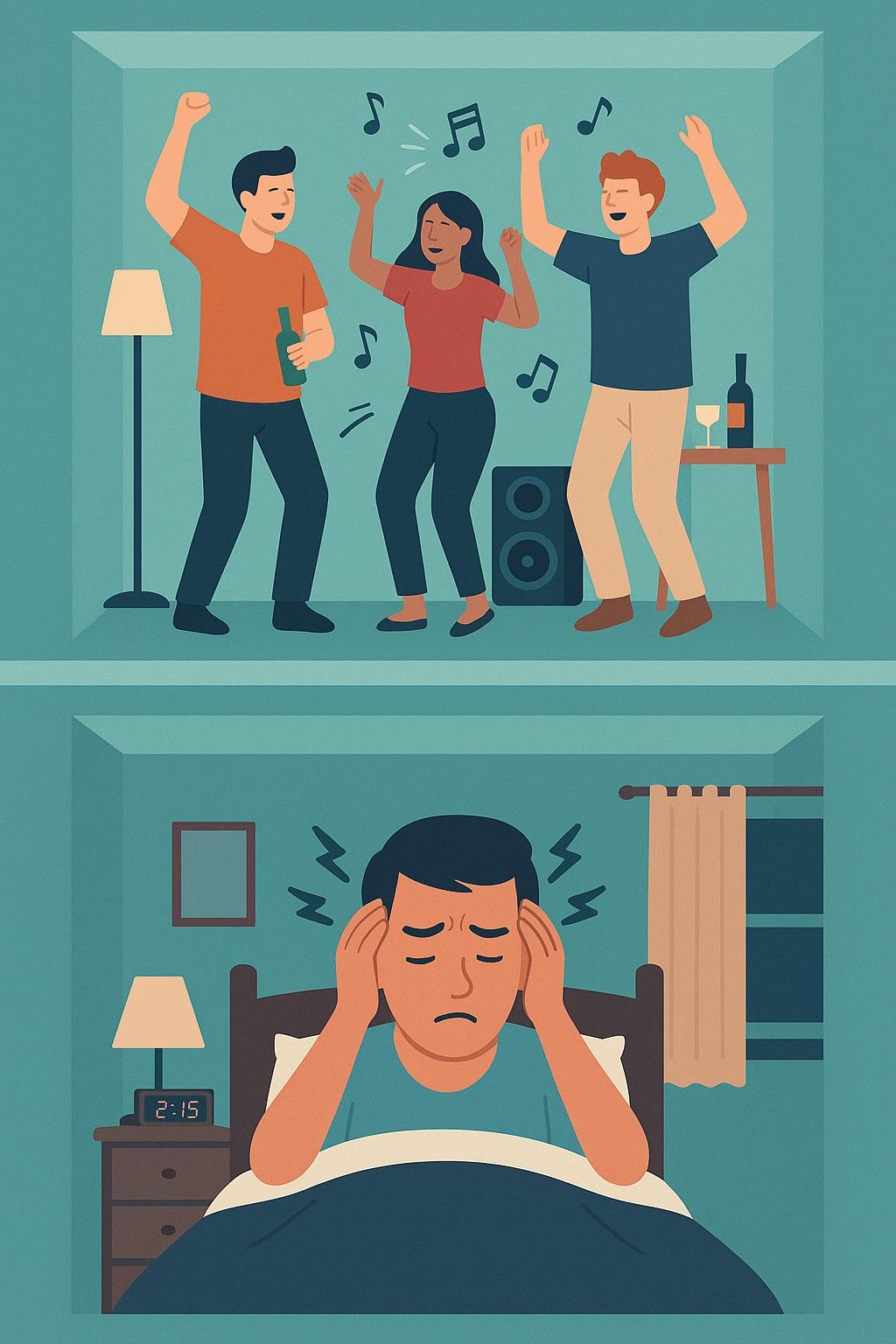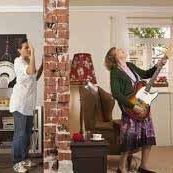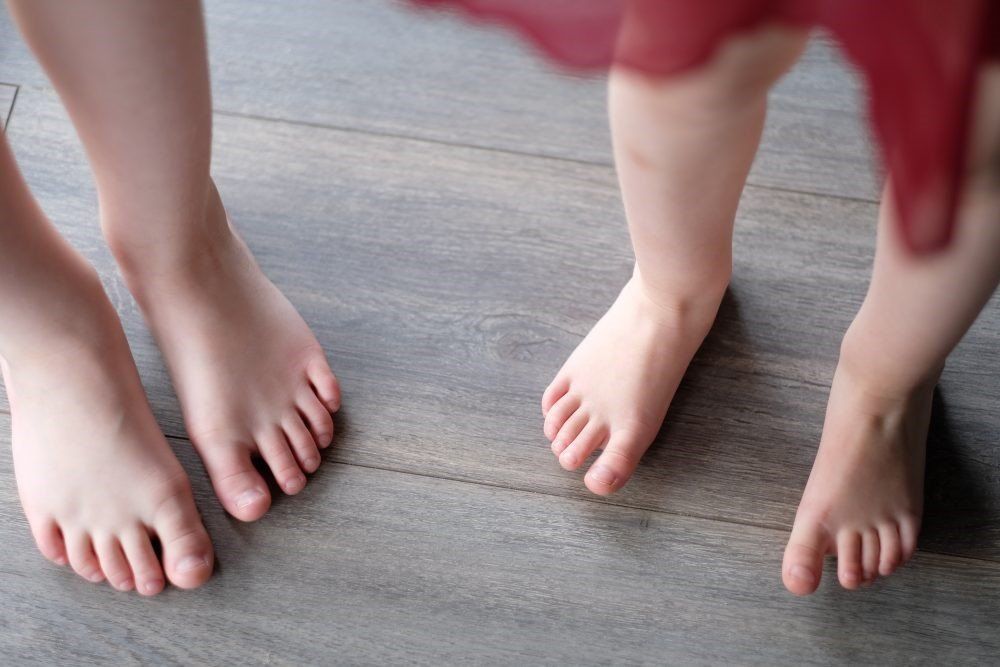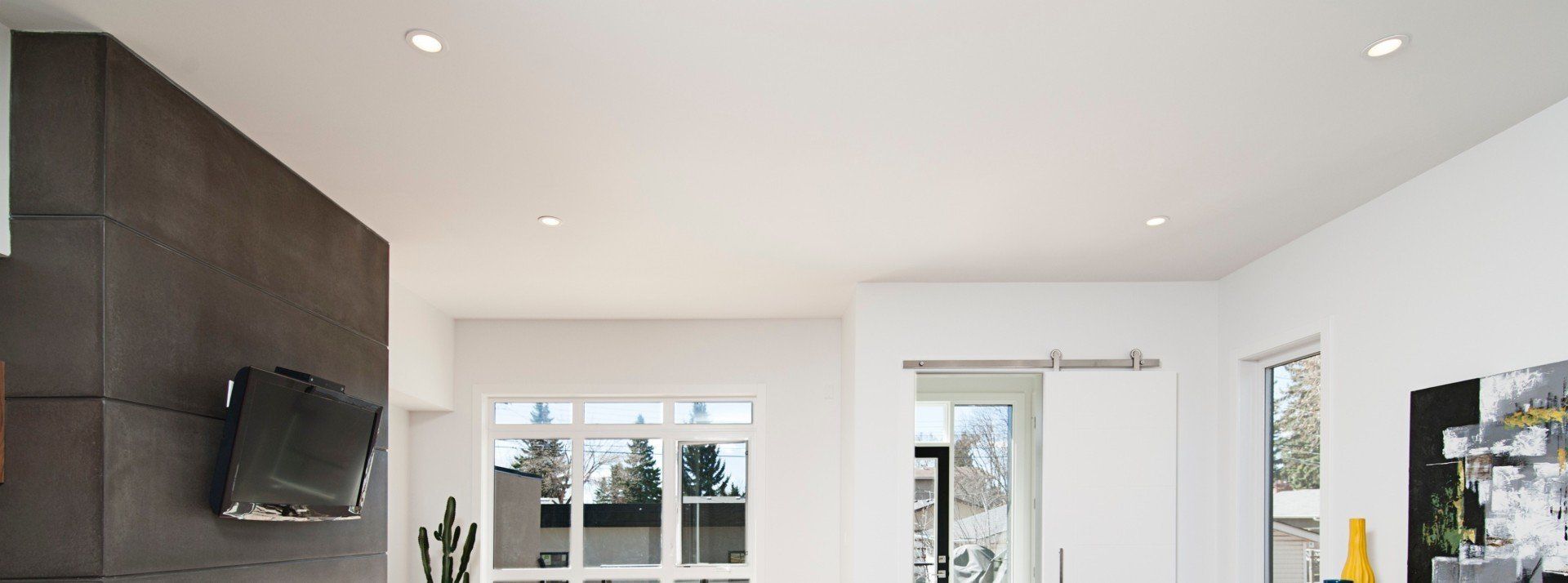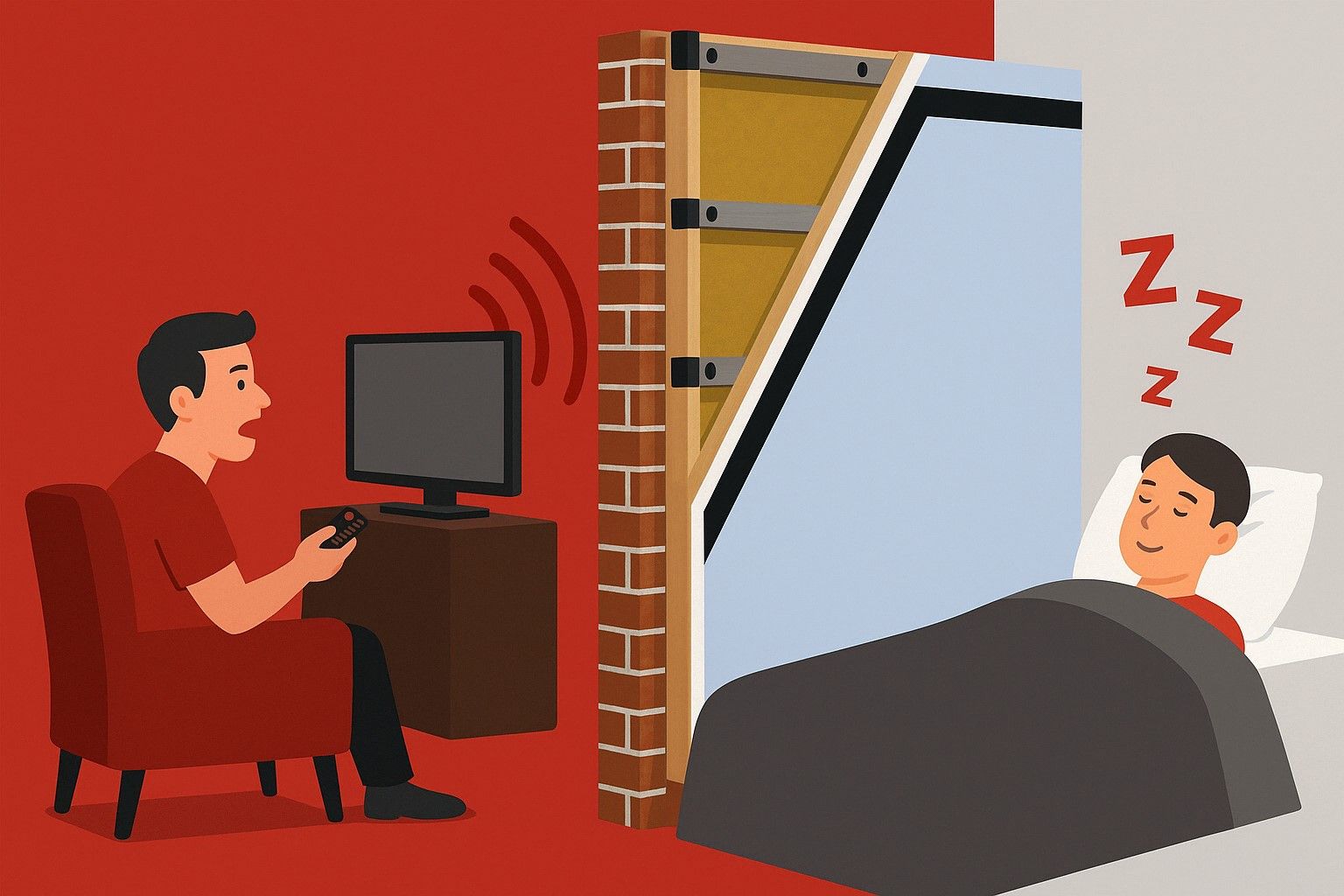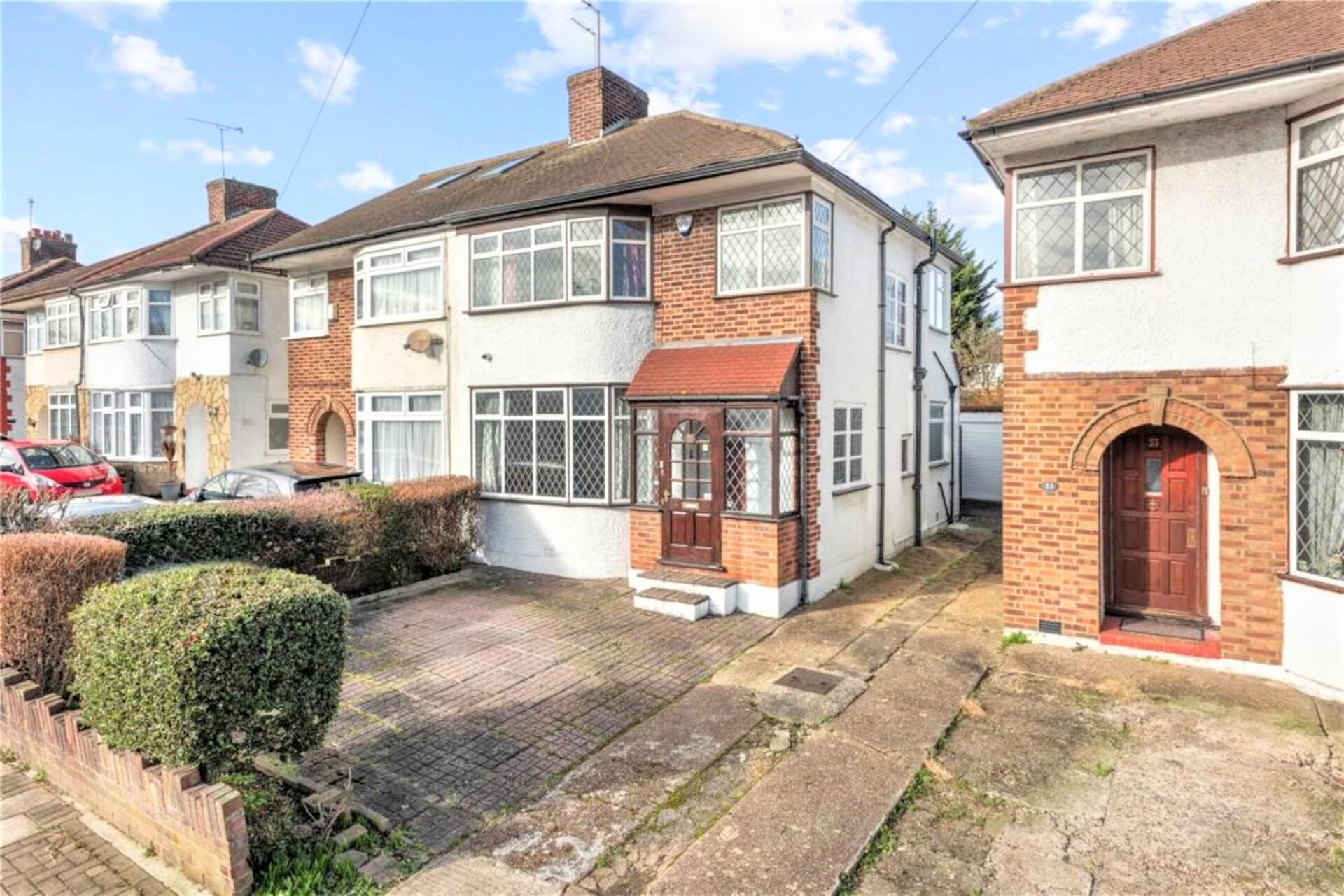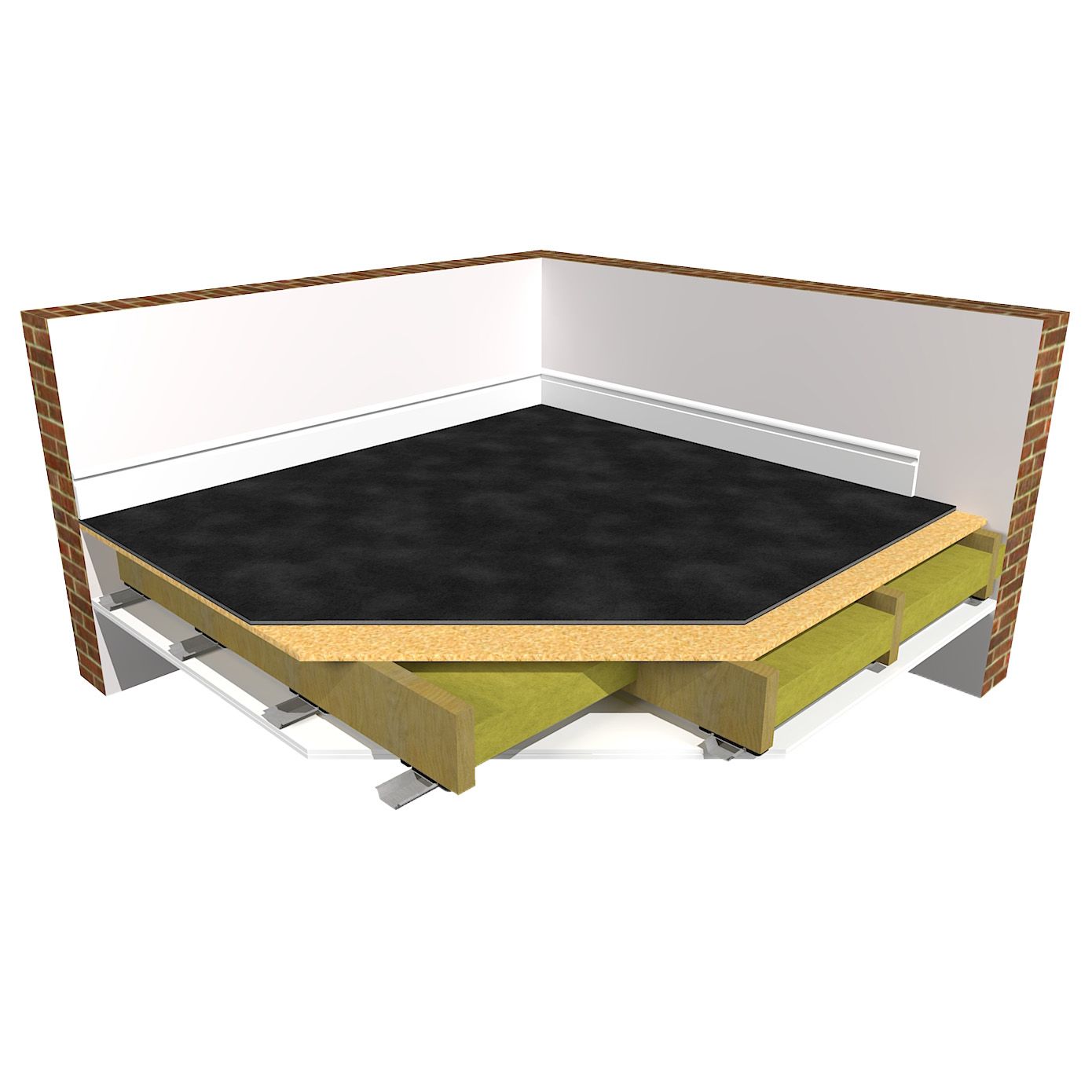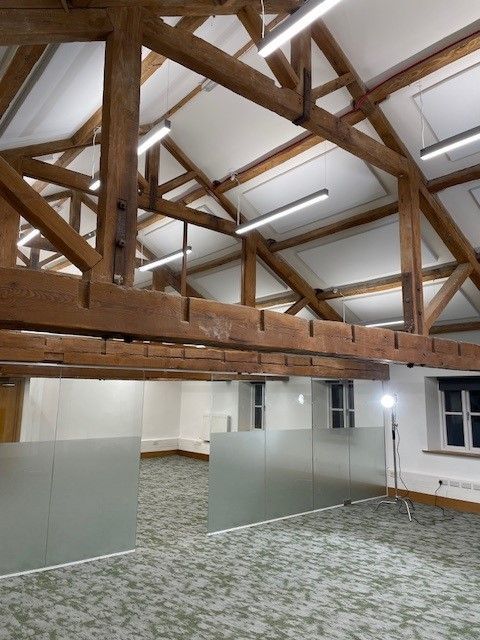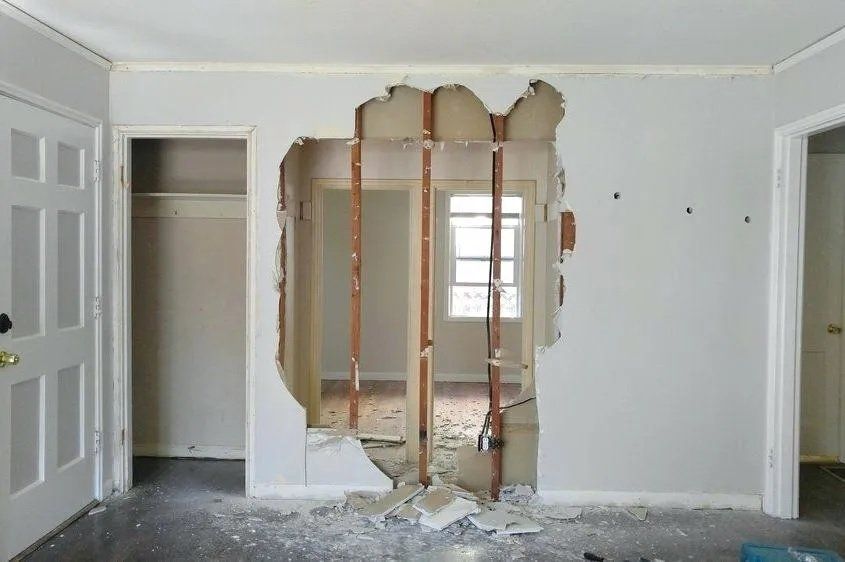How To determine what type of party wall you have
Here at The Soundproofing Store the most common question we ask when speaking to our customers is “what are the walls made of?” by asking this question we can estimate how well your existing wall is performing against noise and this in turn helps us specify the correct level of soundproofing needed to be added to the wall to give you peace and quiet on your side of the wall.
As most people simply see a solid decorated wall, they normally have no idea what the wall is constructed off unless they have had to drill the wall at some point. However, most solid party walls are mainly made of brick or breeze block with a plaster finish however some walls have plasterboard either fixed with dot and dab or onto timber battens and if this is the case then we may need to address this type of construction as they can be part of the problem as to why your wall does not perform well against noise.
Tips to identify what your wall is constructed of
Try tapping on the wall in different places and if it feels solid everywhere you probably have a skim plaster finish to your wall which is good news.
If when you tap on the wall it sounds hollow in some areas you either have timber battens or dot and dab adhesive fixings behind a plasterboard, which is not good news.
What is Dot and Dab plasterboard?
Dot and Dab is made of a dot adhesive which is applied to the walls in random piles with the plasterboard pushed against it. This is a modern technique which has become more common in newer houses. A simple way to tell if you have a dot and dab wall is to tap the wall moving your hand around. You will hear the wall is hollow in some parts and hard in other parts where the dab adhesive will be (this will be different from timber battens as the solid feeling areas will not be in a straight line)
What are timber battens and plasterboard?
Timber batten and plasterboard walls are usually made from timber battens screwed to the original wall which have regular vertical intervals of 400mm to 600mm and are used to eliminate any unevenness or poor condition in the existing wall. Again, by tapping along the wall will indicate that it is hollow and solid in regular areas.
Other ways to determine what your wall is constructed of
By removing either a plug socket or light switch and pulling it forward (making sure you have isolated the area first) you will be able to shine a torch inside the wall, this will help determine if the wall is either a stud wall or a dot and dab system. Another way is to drill a small hole in to the wall in a place that wont be noticed, this will help you determine what your wall is constructed of.
Why are Dot and Dab walls or timber batten walls not good for soundproofing..
Because of these methods of fixing the plasterboard to the wall a cavity is created in between the wall and the board.Cavities are a big red flag for soundproofing as the sound can become trapped in the space where it will resonate and amplify before passing through the plasterboard into your room. Think of how an acoustic guitar works, when the strings are plucked the sound is amplified by the soundbox, which is basically a cavity designed to do just that.
Other types of walls to consider..
In some instances you may find that the wall you are wanting to soundproof will be made up of a rubble mix. In this circumstance the materials can become lose through time, resulting in some areas being hard and other areas sounding hollow when tapping along the wall. When soundproofing this type of wall, we would recommend decoupling from the wall, this will ensure that you are not putting the soundproofing system on to any weak points on the offending wall.
On rare occasions you may also find that you have a wall that sounds completely solid and then you will come to a section on that wall which sounds hollow. This hollow space in the wall may be a door, especially if the hollow void is central on that wall. In this circumstance, where the door will have been you will tend to find that the door will have been replaced with a stud frame built in its place, boarded up and then skimmed over to give the appearance of the wall being solid throughout that structure.
Share
"We don’t expect you to become an overnight expert in soundproofing, that’s what we’re here for."
